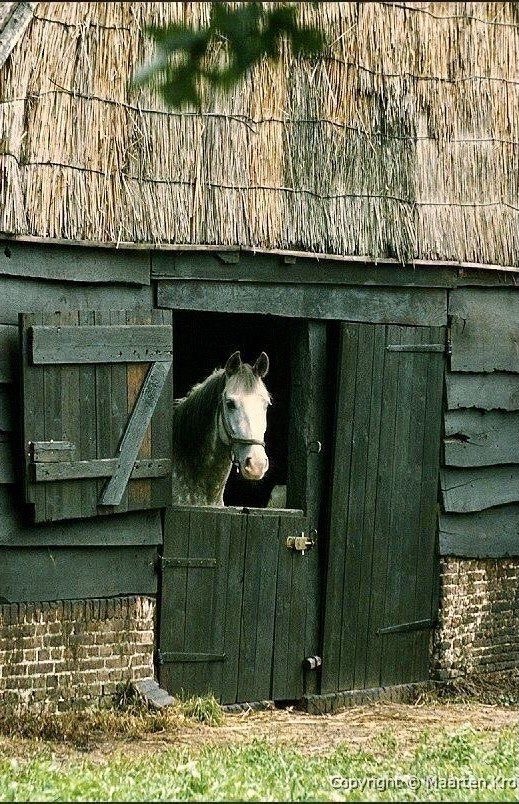Text
Mossy stones and wood thrush song this morning.
6K notes
·
View notes
Text
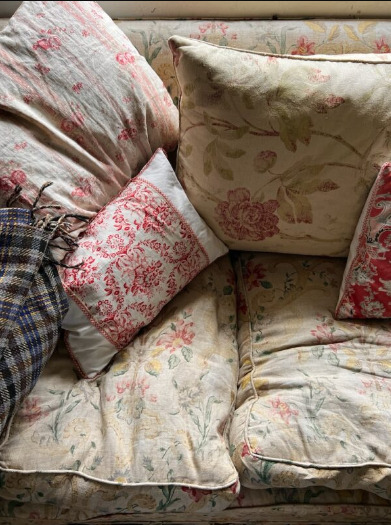
(source)
19 notes
·
View notes
Text

Clive Nichols
‘This was a few years ago before 6:00 am. when the rich light washes everything in a soft warm glow.
On the right is Viburnum 'Pink Beauty' the alliums are 'Purple Sensation' and the tree in the background is Corns controversa 'Variegata'.” clivenichols
14 notes
·
View notes
Text

5K notes
·
View notes
Text
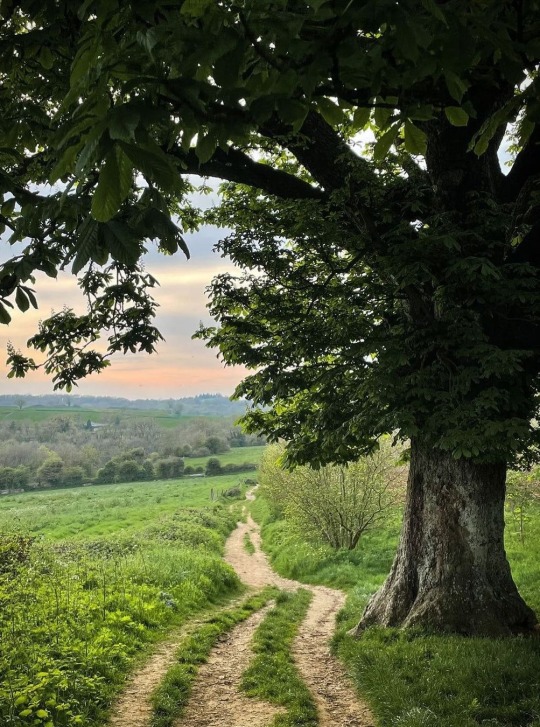
Somerset
@englishpilgrim
817 notes
·
View notes
Text
The last few cool, wet days are here. Soon it'll be Beltane and the heat will arrive and I'll be dreaming of autumn...


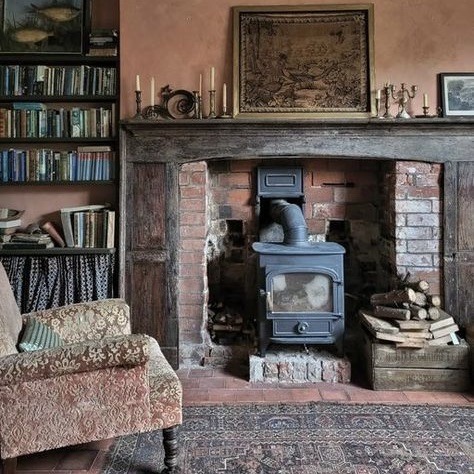

178 notes
·
View notes
Photo

Vintage French seeds packets | nicholasandsteelevintage
300 notes
·
View notes
Text

A South London resident waters the vegetables planted on the roof of her Anderson shelter.
In 1938, with the outbreak of World War II on the horizon, Sir John Anderson was placed in charge of air-raid preparations in Britain. He commissioned engineers to design a cheap and simple shelter which could be distributed to the population, the result was the Anderson Shelter. Although the shelter would not provide protection from a direct hit for example, it would protect those within from the deadly flying debris and shrapnel produced during attacks.
Six feet tall, 6.5 feet long, and 4.5 feet wide, the corrugated metal shelters were a snug fit for a family of six. They were buried four feet under owner’s gardens and their arched roofs covered with a layer of soil.
The shelters were distributed for free to poorer residents. Wealthier residents could purchase one for a small fee.
Many chose to incorporate the shelters into their gardens, planting vegetables and flowers on top of them. Residents even held competitions for prettiest shelter.
By the time the Blitz began, over 2 million Anderson shelters had been erected.
#london history#social history#london life#london in wartime#war time london#1940s#anderson shelter#garden#grow your own#dig for victory#victory garden
62 notes
·
View notes
Text

Kilian Schönberger (@kilianschoenberger)
107 notes
·
View notes
Text
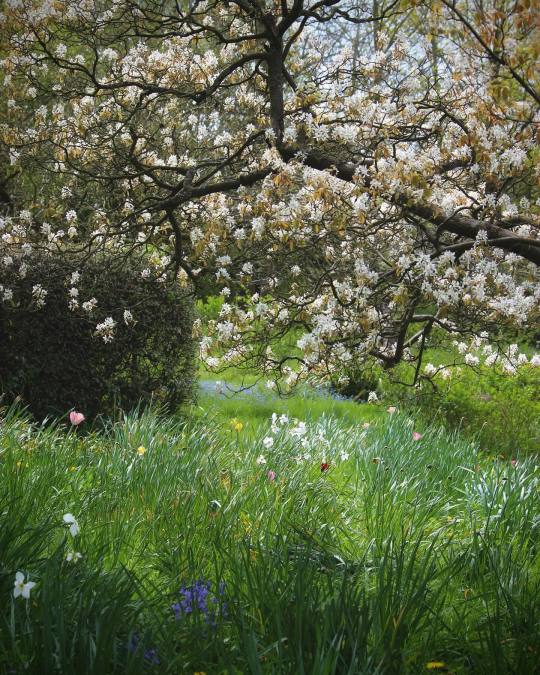
Stephen & Brett @ The Country Crib (@thecountrycrib)
139 notes
·
View notes
Text


I got a bit lost on my bike ride but it was worth it
1 note
·
View note
Text
gartenparadies123
#country living#country life#cozy cottage life#spring aesthetic#spring birds#spring nature#country aesthetic#birds#spring#cozy spring#calm#peaceful#calmness#relaxing
74 notes
·
View notes




